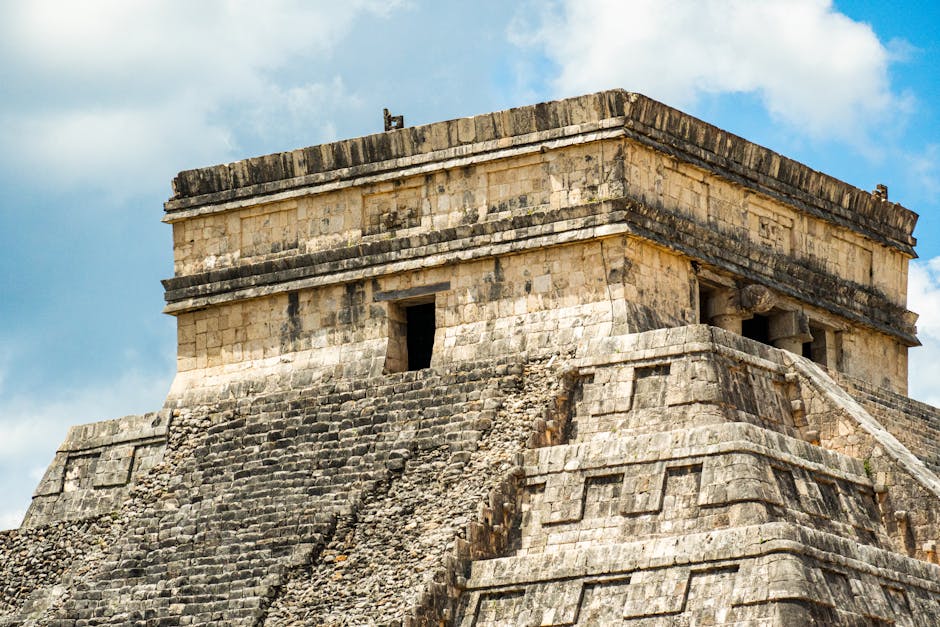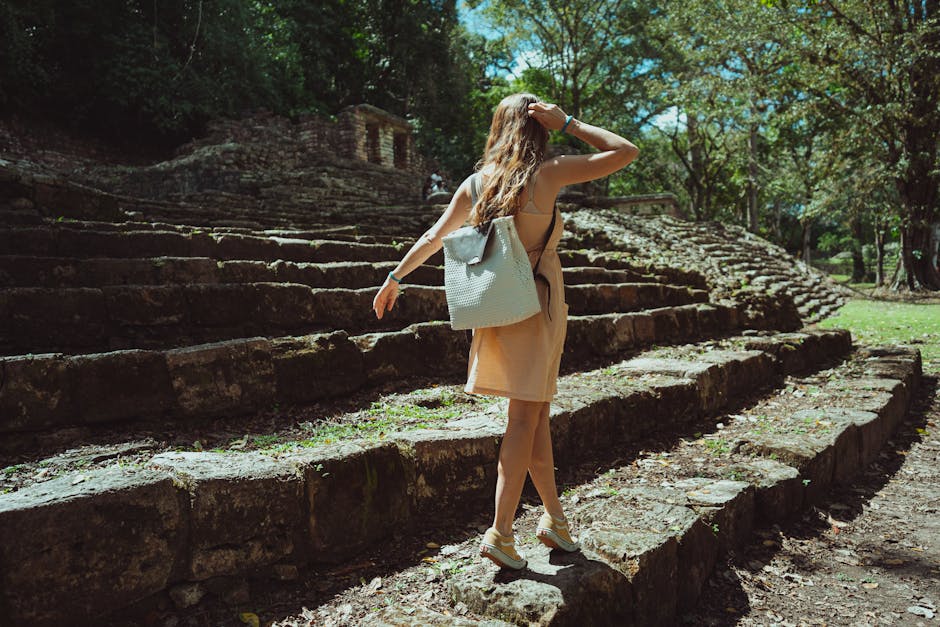The Cultural Significance of Mexico's Chichen Itza Mayan Ruins

Chichen Itza, one of Mexico's most iconic archaeological sites, stands as a testament to the advanced civilization of the ancient Maya. Located in the Yucatán Peninsula, this historical marvel was once a thriving city and a major hub of Mayan culture and politics. The site's name, which means "at the mouth of the well of the Itza," reflects its significance in the region. Today, Chichen Itza is not just a window into a bygone era but also a UNESCO World Heritage site and one of the New Seven Wonders of the World.
Historical Background and Architectural Marvels
The origins of Chichen Itza date back to around 600 AD, with its zenith occurring between 900 and 1200 AD. The city was a major political and economic center for the Maya civilization. One of its most recognizable structures is El Castillo, or the Temple of Kukulcán, a massive step pyramid that showcases the Maya's advanced understanding of astronomy and mathematics. This pyramid is especially notable during the spring and autumn equinoxes when a shadow resembling a serpent descends its steps, symbolizing the god Kukulcán.
Other significant structures include the Great Ball Court, where ancient Mesoamerican ball games were played. This court is the largest of its kind in Central America, measuring 168 meters in length and 70 meters in width. The acoustics are so refined that a whisper at one end can be heard clearly at the other. Additionally, the Temple of Warriors and the adjacent Hall of a Thousand Columns illustrate the city's grandeur and architectural prowess.
The observatory known as El Caracol, meaning "The Snail" due to its spiral staircase, highlights the Maya's astronomical skills. This structure was used to track celestial events, further emphasizing Chichen Itza's role as an intellectual hub. Each of these monuments offers insight into the daily life, religious practices, and technological achievements of the ancient Maya.
Cultural Significance
Chichen Itza's cultural importance extends beyond its architectural feats. The city was a melting pot of different cultures within Mesoamerica, including influences from both the Maya and Toltec civilizations. This blend is evident in various artistic and architectural elements found throughout the site. For instance, Chac Mool statues—a type of reclining figure with its head turned to one side—are believed to be Toltec in origin but are prominently featured at Chichen Itza.
The site also played a crucial role in religious ceremonies and rituals. The Sacred Cenote, a natural sinkhole located nearby, was used for sacrificial offerings to appease rain gods like Chaac. Archaeological excavations have uncovered numerous artifacts from this cenote, including gold objects, pottery, and even human remains. These findings provide valuable insights into the spiritual life of the Maya.
Chichen Itza's layout itself is symbolic. The city's design aligns with cosmic cycles and cardinal directions, reflecting the Maya's deep connection with astronomy and their environment. This alignment facilitated various agricultural activities by marking important times for planting and harvesting crops.
Modern-Day Relevance
Today, Chichen Itza continues to captivate visitors from around the world. As one of Mexico's most visited tourist attractions, it draws millions annually who come to marvel at its ancient structures and learn about Mayan history. Tourism has become an essential part of the local economy, providing jobs and supporting communities around the site.
Efforts to preserve Chichen Itza are ongoing. The Mexican government and international organizations like UNESCO have implemented measures to protect these ruins from environmental damage and human interference. Restrictions on climbing certain structures have been put in place to prevent further erosion caused by foot traffic.
Moreover, educational programs aimed at raising awareness about Chichen Itza's historical significance are actively promoted. These initiatives encourage responsible tourism and ensure that future generations can appreciate this cultural treasure.
Visitor Experience
A visit to Chichen Itza offers a unique opportunity to step back in time and explore one of history's greatest civilizations. Guided tours provide in-depth knowledge about each structure's purpose and historical context, enriching visitors' understanding of Mayan culture.
The best time to visit is during early morning or late afternoon when temperatures are cooler and crowds are thinner. Many recommend planning your trip around significant events like equinoxes to witness special phenomena such as El Castillo’s serpent shadow.
- Wear comfortable clothing suitable for walking long distances.
- Bring plenty of water to stay hydrated under the sun.
- Consider hiring a local guide for expert insights into lesser-known facts about Chichen Itza.
The nearby town of Valladolid offers additional attractions such as colonial-era architecture and cenotes for swimming, making it an excellent base for exploring Chichen Itza and its surroundings.
| Structure | Significance |
|---|---|
| El Castillo (Temple of Kukulcán) | A step pyramid demonstrating advanced astronomical knowledge; famous for equinox serpent shadow. |
| Great Ball Court | The largest Mesoamerican ball court; showcases refined acoustics. |
| Temple of Warriors | A complex illustrating military might with numerous columns depicting warriors. |
| El Caracol (The Observatory) | A structure highlighting Mayan astronomical skills used for tracking celestial events. |
Chichen Itza stands as a powerful reminder of the ingenuity and cultural richness of the ancient Maya civilization. Its well-preserved ruins provide invaluable insights into architectural advancements, religious practices, and societal organization during its peak era. Efforts to maintain this heritage site ensure that it remains an educational resource for future generations while supporting local economies through tourism.
The ongoing preservation work highlights the global recognition of Chichen Itza’s historical significance. By promoting responsible tourism and fostering greater appreciation for Mayan culture among visitors worldwide, we can help safeguard this extraordinary legacy. Whether you're an avid historian or simply curious about ancient civilizations, exploring Chichen Itza offers an unforgettable journey into one of humanity's most fascinating pasts.
